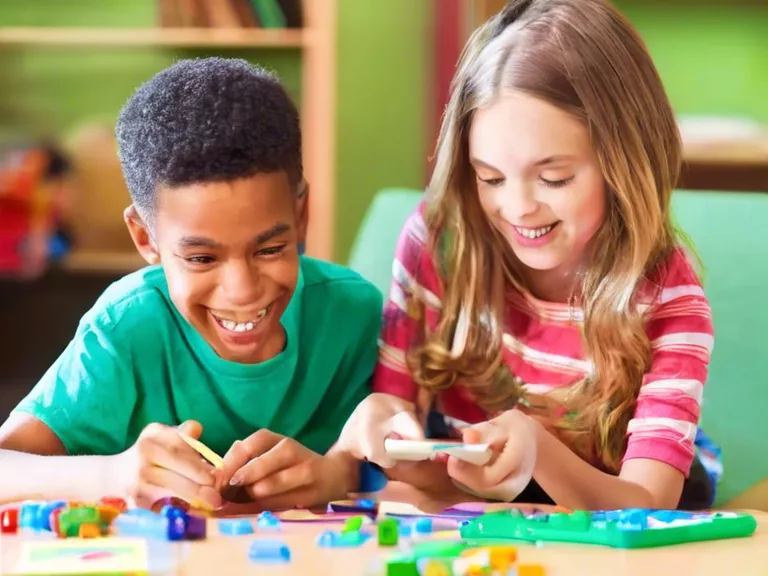
Virtual reality tools have the potential to revolutionize the way we learn by making educational experiences more interactive and engaging. By incorporating VR technology into the classroom, educators can create immersive learning environments that enhance students' understanding and retention of information. In this article, we will explore how to make learning more interactive with virtual reality tools.
One of the key benefits of using virtual reality in education is the ability to bring concepts to life in a way that traditional teaching methods cannot. By using VR simulators, students can experience realistic scenarios and hands-on activities that help them apply theoretical knowledge to real-world situations. This hands-on approach not only makes learning more engaging but also helps students retain information better.
Another advantage of virtual reality tools is the ability to cater to different learning styles. Visual learners can benefit from the immersive and interactive nature of VR experiences, while auditory learners can listen to audio cues and instructions within the virtual environment. Kinesthetic learners can also benefit from the hands-on activities and simulations that VR tools offer.
To make learning more interactive with virtual reality tools, educators can incorporate gamification elements into their lessons. By creating educational games and activities within VR environments, students can have fun while learning important concepts. Gamification can also incentivize students to actively participate in the learning process and compete with their peers, making the educational experience more engaging and rewarding.
Furthermore, educators can use virtual reality tools to personalize learning experiences for students. By creating customized VR scenarios based on students' interests and abilities, educators can provide targeted learning opportunities that cater to individual needs. This level of personalization can help students stay motivated and engaged in their learning journey.
In conclusion, virtual reality tools have the potential to transform education by making learning more interactive and engaging. By incorporating VR technology into the classroom, educators can create immersive learning environments that cater to different learning styles, incorporate gamification elements, and personalize learning experiences. With virtual reality tools, students can experience education in a whole new way that enhances their understanding and retention of information.


